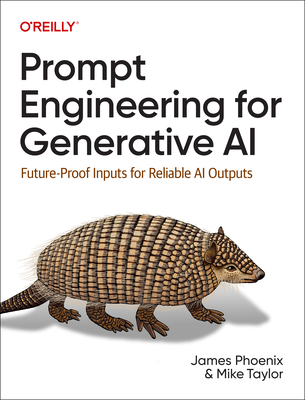CISSP/CISSO: Certified Information Systems Security Officer Training in Miramar
|
We offer private customized training for groups of 3 or more attendees.
|
||
Course Description |
||
| The CISSO covers all of the CISSP (10 Domain) exam objectives but allows
the student to get certified with much more ease than the ISC2 exam
process. Kevin Henry is the well-known security guru who created both
these courses. The CISSO is the updated version with the latest and
greatest content, which will also prepare the student for the CISSP
exam. The CISSO course is designed for a forward-thinking security
professional or consultant that manages or plays a key role in an
organizationâ??s information security department.
Course Length: 5 Days
Course Tuition: $2800 (US) |
||
Prerequisites |
|
| 1 Year experience in at least 2 modules or 1 year in IS Management | |
Course Outline |
|
Module 1: Risk Management
Module 2: Security Management
Module 3: Identification and Authentication
Module 4: Access Control
Module 5: Security Models and Evaluation Criteria
Module 6: Operations Security
Module 7: Symmetric Cryptography and Hashing
Module 8: Asymmetric Cryptography and PKI
Module 9: Network Connections
Module 10: Network Protocols and Devices
Module 11: Telephony, VPNs and Wireless
Module 12: Security Architecture and Attacks
Module 13: Software Development Security
Module 14: Database Security and System Development
Module 15: Malware and Software Attacks
Module 16: Business Continuity
Module 17: Disaster Recovery
Module 18: Incident Management, Law, and Ethics
Module 19: Physical Security
|
Course Directory [training on all levels]
- .NET Classes
- Agile/Scrum Classes
- AI Classes
- Ajax Classes
- Android and iPhone Programming Classes
- Azure Classes
- Blaze Advisor Classes
- C Programming Classes
- C# Programming Classes
- C++ Programming Classes
- Cisco Classes
- Cloud Classes
- CompTIA Classes
- Crystal Reports Classes
- Data Classes
- Design Patterns Classes
- DevOps Classes
- Foundations of Web Design & Web Authoring Classes
- Git, Jira, Wicket, Gradle, Tableau Classes
- IBM Classes
- Java Programming Classes
- JBoss Administration Classes
- JUnit, TDD, CPTC, Web Penetration Classes
- Linux Unix Classes
- Machine Learning Classes
- Microsoft Classes
- Microsoft Development Classes
- Microsoft SQL Server Classes
- Microsoft Team Foundation Server Classes
- Microsoft Windows Server Classes
- Oracle, MySQL, Cassandra, Hadoop Database Classes
- Perl Programming Classes
- Python Programming Classes
- Ruby Programming Classes
- SAS Classes
- Security Classes
- SharePoint Classes
- SOA Classes
- Tcl, Awk, Bash, Shell Classes
- UML Classes
- VMWare Classes
- Web Development Classes
- Web Services Classes
- Weblogic Administration Classes
- XML Classes
- Introduction to Spring 6, Spring Boot 3, and Spring REST
15 December, 2025 - 19 December, 2025 - See our complete public course listing






